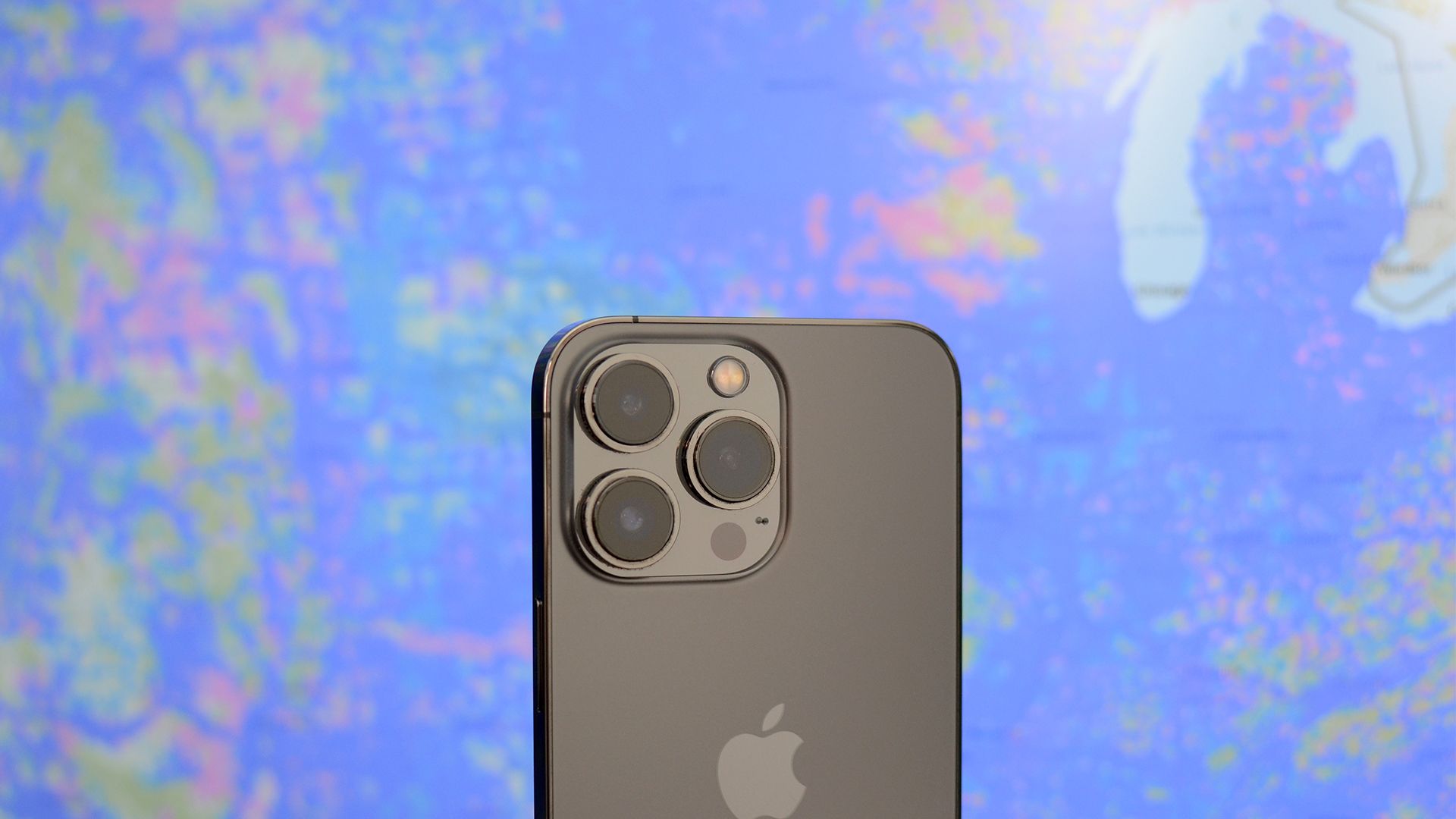Key Takeaways
6G is the sixth-generation cellular network currently under early development. It's already being hyped, but as of 2023, the industry is still determining the advancements 6G will incorporate. 6G could potentially include additional cellular frequencies for dramatically faster speeds. Expect it to arrive in the early 2030s.
Network planning initiatives in the U.S. and around the world have 6G all over the news, but you may be wondering when it'll be all over your town. Curious about 6G and when upgrading to 6G will even a possibility? Here's what we know.
What Is 6G?
"6G" is shorthand for sixth-generation cellular network technology. Just like Wi-Fi generations are identified by simple increments like Wi-Fi 5, Wi-Fi 6, and Wi-Fi 7, the different generations of cellular technology are, too.
Consumer cellphones arrived in 1981 with the release of the first commercial cellphone---running on analog technology that we now refer to as 1G. Roughly every ten years after that, a new generation of cellular tech arrived. 2G arrived in 1992, 3G in 2001, 4G in 2009, and 5G in 2019.
6G is the upcoming sixth-generation cellular network technology that is currently in early development. One of the goals of 6G cellular technology is not just to deliver basic content faster to smartphones, like streaming video, but to create a cellular network capable of supporting real-time augmented reality, virtual reality, and a future Internet of Things (IoT) model where small smart devices are a ubiquitous presence in and outside of our homes.
When reading anything about 6G, especially the breathless and hype-laden announcements from telecommunications companies that emphasize how 6G will usher in the metaverse, a fusion of our physical and virtual lives, and so on, you should keep the "early" part of early development in mind.
As of 2023, there are no established standards, let alone deployed 6G networks or devices. Even the most basic aspects of 6G development, like which specific frequencies the next generation cellular technology will rely on, are still being ironed out along with technical challenges like energy and heat dissipation demands of advanced 6G devices.
That said, we do have some idea what 6G will look like. Current cellular technology operates in the Megahertz (MHz) and the lower Gigahertz (GHz) frequency ranges. The portion of the radio spectrum under consideration and testing for 6G includes frequencies in the 30-300 Ghz range---also known as millimeter waves (mmWave) or Extremely High Frequency (EHF) radio---and the Terahertz (THz) frequency up to 3000 Ghz. The use of these frequencies will allow for data transmission well beyond the bandwidth capacity of current cellular technology.
How Fast Will 6G Be?
Technical talk about frequency allocation is interesting if a bit dry, but people care about speed when it comes to actual deployment. Few people consider the under-the-hood technical differences between 3G, 4G, and 5G cellular technology---but the leap from waiting patiently to download a few texted photos to watching high-definition video in real time is a tangible change that sells the upgrade.
We don't know exactly how fast 6G will be as all current tests are being conducted with yet-to-be standardized technology. Depending on who you ask and which particular potential 6G implementation they're talking about, 6G may be anywhere from 50-100 times faster than 5G.
Actual real-world data is a long way off yet, but there are some pretty interesting examples coming out of research facilities around the world. In January 2022, Purple Mountain Laboratories, a Chinese research facility, claimed to have transmitted data at 206 Gbps using THz frequency transmissions in a laboratory setting.
In February of the same year, another group of Chinese researchers, this time at Tsinghua University's School of Aerospace Engineering, claimed to have transmitted data at a staggering 1 Tbps over a distance of 1 kilometer. Those speeds are, respectively, 20 and 100 times higher than the theoretical peak 5G speeds.
When Will 6G Come Out?
If you've read this far, you've likely already concluded that 6G cellular networks are a long way off---and you'd be right. 6G network development is active but still in its infancy. It'll be several more years before 6G is standardized.
In December of 2022, Qualcomm released a 6G development plan with 2030 as a projected rollout date for 6G tech. Ericsson's 6G messaging echoes the early 2030s timeframe too, as do various interviews with telecom executives.
Given the current development timelines, you should expect a delivery arc similar to the 5G rollout. If you live in a major metropolitan area, there is a good chance you'll be covered by early 6G networks around 2030. If you're not in a major metropolitan area, it's likely you'll be waiting well into the 2030s for the 6G rollout.
After all, 5G was first introduced in 2019. Four years later, there are still millions of cellular subscribers using 4G, and 5G is yet to have a fully realized coast-to-coast rollout. GSMA's authoritative 2023 Mobile Economy report, for instance, indicates North American adoption rate of 5G is only 39%, with more than half of cellular subscribers still using 4G. By their projections, the North American 5G adoption rate will be 91% by 2030, meaning by the time 6G potentially arrives, there will still be 4G subscribers out there.
That's hardly surprising when you consider that a lot of people aren't even sure if their phone supports 5G or not. And even if they have 5G, they're still often confused and disappointed by lackluster speeds and deceptive rollouts.
So if we step away from the hype and look at the matter practically, it's likely only a small percentage of people will be using 6G-based networks by 2030. But the bulk of North American subscribers, and certainly the majority of global subscribers, will still be on 5G networks.


